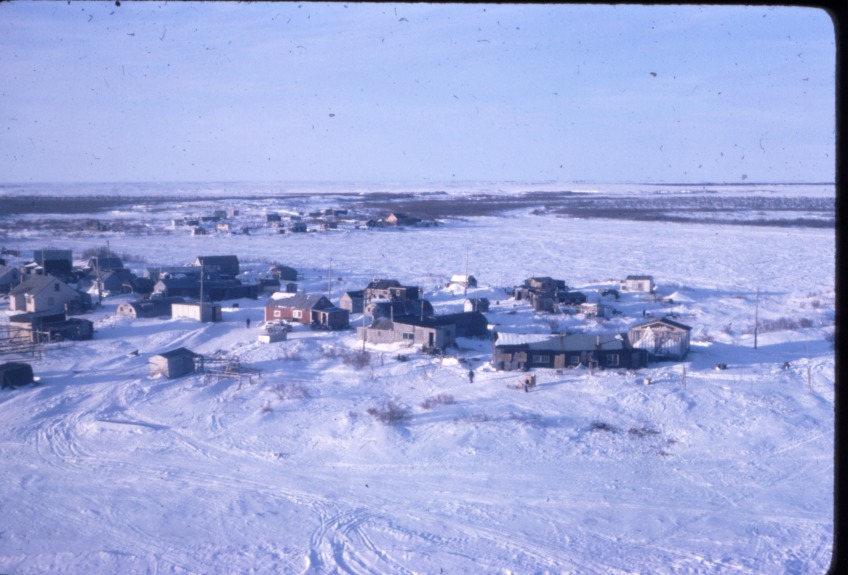Bethel, Alaska

Bethel, Alaska (Yup’ik: Mamterilleq) is a regional hub of around 6,300 residents, perched on the Kuskokwim River about 70 miles from the Bering Sea and 400 air miles west of Anchorage. It is the largest rural community in Alaska, serving as the commercial, cultural, medical, and governmental center for over 50 surrounding Yup’ik villages.
With Yup’ik ancestry shaping 62% of the population, Bethel remains a vibrant stronghold of Alaska Native heritage. Traditional subsistence practices—salmon fishing, game hunting, and berry gathering—are still part of everyday life. The town is particularly known for hosting Cama-i, an annual Yup’ik dance festival each spring, and supporting local craftsmanship in ivory carving, qaspeqs (traditional parkas), ulu knives, and woven baskets.
Nestled within the Yukon Delta National Wildlife Refuge, Bethel also stands out as a major gateway for wildlife viewing and outdoor adventure, especially during the seasonal migrations of shorebirds, tundra swans, and geese. Winter brings the Kuskokwim 300, a 300-mile sled dog race launched in 1980 that draws competitors and spectators from across Alaska.
Over the decades, Bethel has evolved while keeping its cultural roots visible. Historic landmarks like the First Mission House (built in 1885) reflect enduring Moravian missionary influence. Today, residents balance tradition with modern amenities—regional healthcare services, a swimming pool, movie theater, public radio and TV stations, and a regional airport that ranks third busiest in Alaska.
📍 Quick Facts
Population: ~6,325 (2020 Census), approximately 62% Alaska Native
Incorporation: 1957
Climate: Subarctic, long cold winters and short mild summers
Major Events: Cama‑i Dance Festival (spring), Kuskokwim 300 sled dog race (January), Bethel Fair (August)